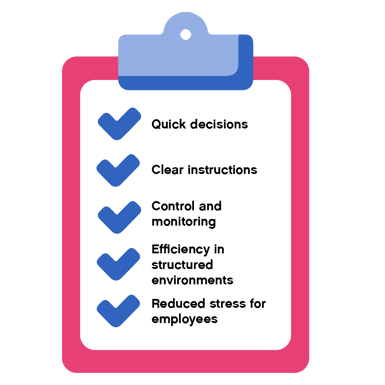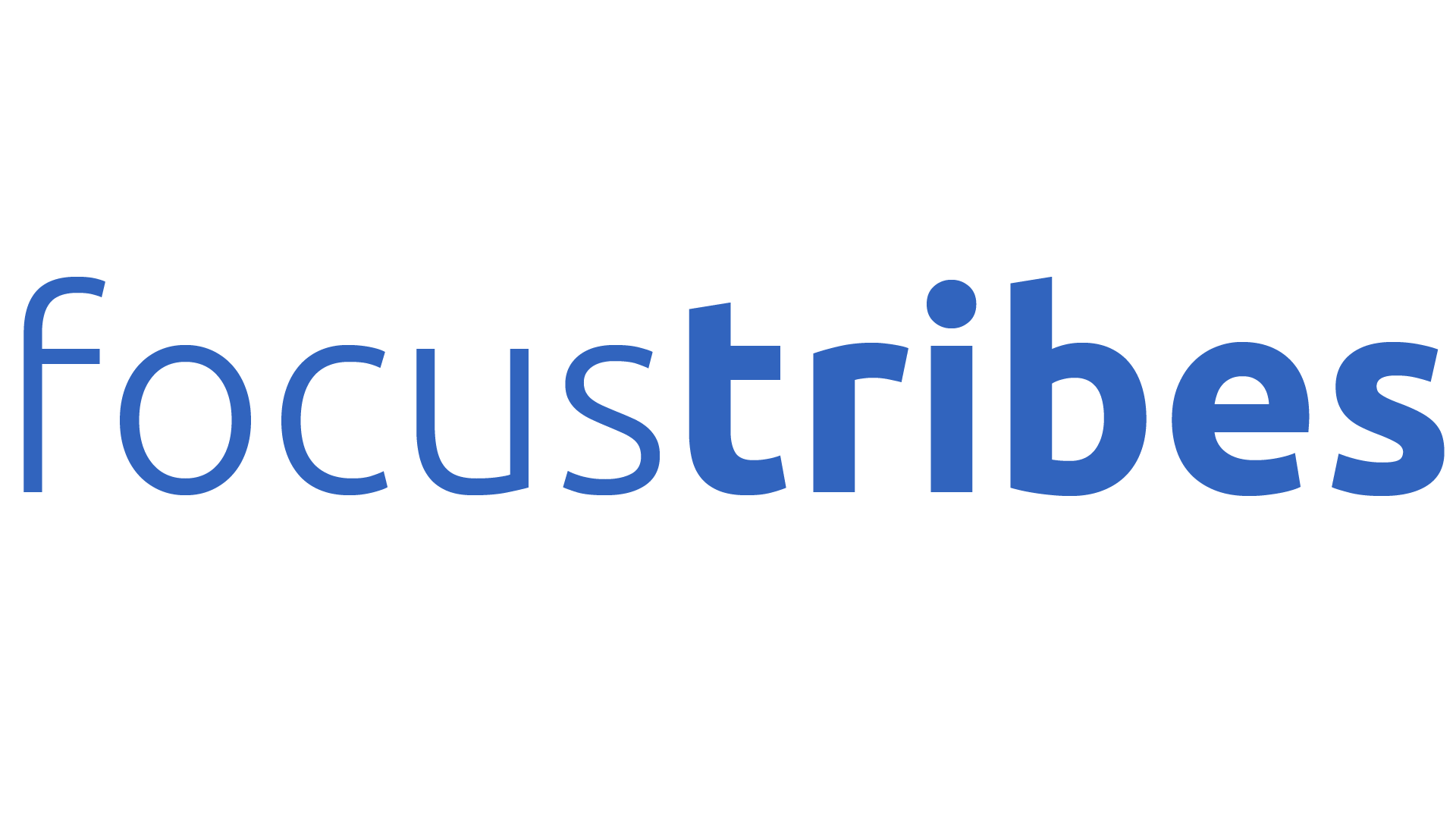There are different types of management within companies and within teams. From the most directive to the most participative, each has its advantages and disadvantages. You can also find out more about our expertise in management consulting.
Definition and principles
Directive management, also known as authoritarian management, is a management style in which the manager exercises total control over the decisions and actions of employees. This style is characterised by a centralisation of power and unidirectional communication, where orders and directives are given by the manager without expecting feedback or participation from subordinates. The manager makes all the important decisions and expects employees to follow his or her instructions to the letter without question.
Conversely, there are other management styles, such as persuasive, which seeks to convince employees, participative, which encourages collaboration, delegative, which entrusts employees with responsibilities, and functional, which focuses on the effectiveness of specific roles.
« Subordination is not servitude, any more than authority is tyranny. »
Charles Maurras
5 advantages of directive management
1. Quick decisions
Executive management allows decisions to be taken quickly, which is particularly useful in emergency or crisis situations where time is of the essence. Centralising decisions ensures rapid and consistent action.
2. Clear instructions
The precise and detailed instructions given by the directive manager eliminate any ambiguity, which can be beneficial for new recruits or less experienced employees who need clear guidance to carry out their tasks correctly.
3. Control and monitoring
This management style ensures rigorous control of processes and performance. The manager can closely monitor the execution of tasks, ensuring that the company's standards and objectives are met.
4. Efficiency in structured environments
Directive management is effective in environments where tasks are routine, repetitive or require strict precision. It is well suited to sectors where compliance with procedures and minimisation of errors are essential.
5. Reduced stress for employees
For some employees, directive management can reduce the stress associated with decision-making and responsibility, as they can concentrate solely on carrying out assigned tasks.

5 disadvantages of directive management
1. Employee demotivation
Employees feel undervalued and unappreciated, reducing their commitment and motivation.
2. Lack of creativity and innovation
By limiting employee initiative, this style stifles creativity and innovation, preventing process improvement.
3. Increased stress and pressure
A stressful working environment is created, increasing the pressure on employees to comply with strict guidelines.
4. Risk of high turnover
Dissatisfaction with the lack of autonomy and recognition drives employees to seek opportunities elsewhere.
5. Strained working relationships and lack of communication
Working relationships become strained and top-down communication limits constructive feedback, affecting organisational effectiveness.

When should you use directive management?
• Crisis situations: Where rapid decisions and strict control are required.
• Regulated environments: where compliance with procedures and standards is crucial.
• Routine tasks: requiring strict supervision and compliant execution.
5 tips to master directive management
1. Establish clear and consistent rules:
As stated above, make sure that your expectations and instructions are precise and clearly understood. Clear instructions help to avoid misunderstandings and maintain a structured working environment.
2. Communicate firmly but respectfully :
Be direct and firm in your communications, while remaining respectful. The tone of your communication should reflect authority without creating a climate of fear or excessive tension.
3. Regularly monitor and evaluate performance:
Regularly monitor employees' tasks and performance. Provide constructive feedback to correct deviations and maintain performance standards.
4. Make quick, decisive decisions:
Be quick and decisive when making decisions. This management style requires rapid action to solve problems and move projects forward effectively.
5. Maintain a constant presence :
Be visible and accessible to your team. Your presence will reassure employees and show them that you are committed and attentive to day-to-day operations.
To remember
Directive management is characterised by the manager's total control over the decisions and actions of employees, with one-way communication. It enables quick and clear decisions, with precise directives and rigorous control, ideal for structured environments. However, it can demotivate employees and stifle creativity. So use it sparingly!
Karine LOUCHART - IT Project Manager at Blancheporte and member of the Focustribes community, shares her experience of a project to modernize Blancheporte's international information system. Definition of project management Project management involves planning, organizing,...
Team management is the art of leading, motivating and coordinating a group to achieve common goals. In a constantly changing environment, mastering this skill is essential to guarantee collective success. What is team management? What is it for? Team management refers to the set...
70% of an employee's level of commitment depends on the way they interact with their manager, whatever the country's culture*, so the manager has a crucial role to play in managing his or her team, even more so if the team is multicultural. Managing an efficient and effective...

